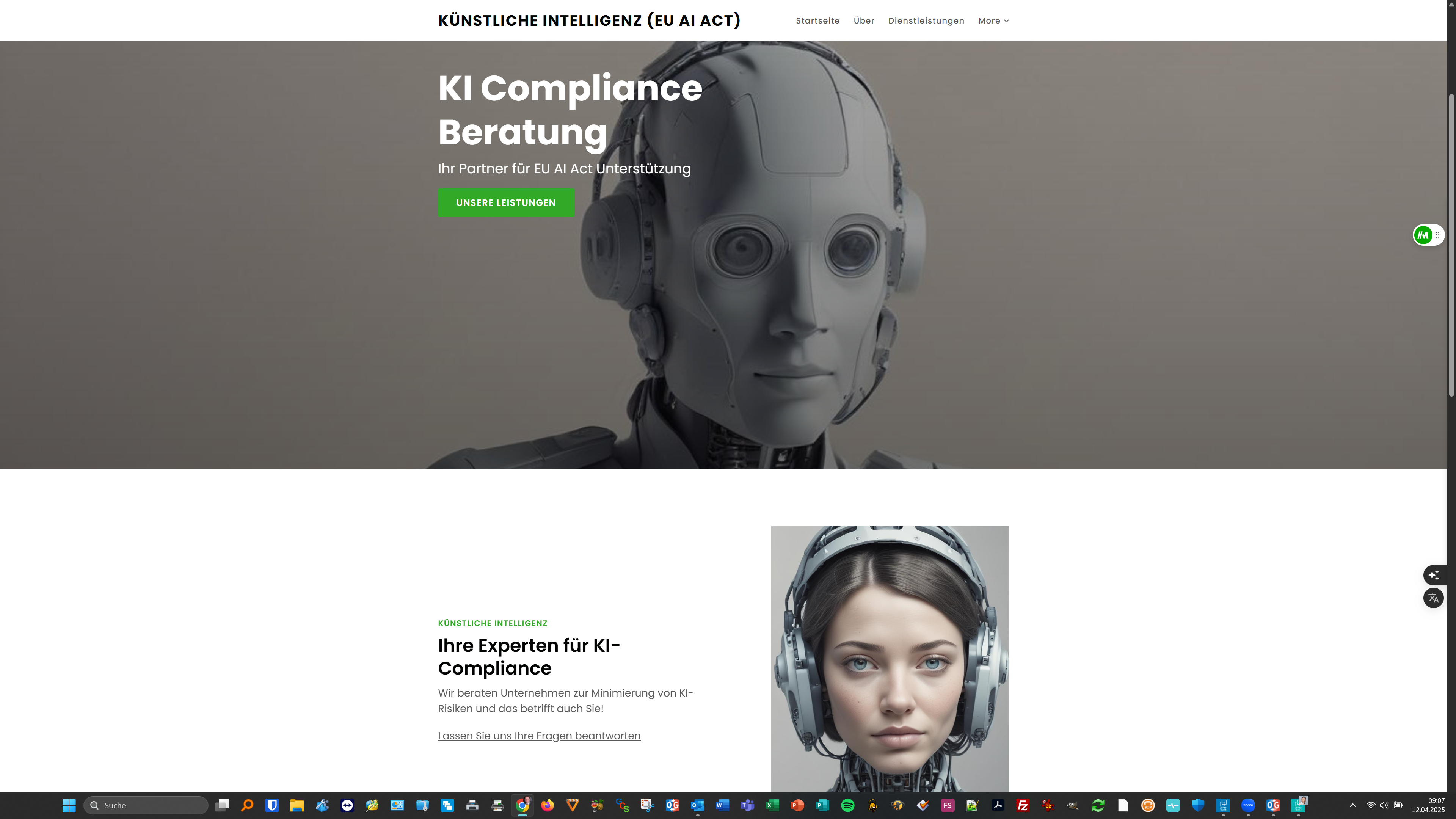In the modern working world, computer workstations play a central role. With increasing digitalization and the frequent use of computers and other screen devices in office environments, the safety and health of employees is becoming increasingly important. The VDU Workplace Ordinance (BildscharbV) is a legal regulation in Germany that aims to improve working conditions at VDU workstations and minimize health risks. In this blog article we provide a comprehensive overview of theVDU Workplace Ordinance, their requirements and how companies can implement them in practice.
1. Background and purpose of the VDU workplace regulation
The VDU Workplace Regulation was introduced to address the specific requirements and risks associated with working on VDU devices. The aim of the regulation is to protect the safety and health of employees by ensuring ergonomic workplace design, regular breaks and appropriate lighting.
a) Historical development
The VDU Workplace Regulation came into force on December 4, 1996 and is based on the European Directive 90/270/EEC on minimum health and safety requirements when working on VDU devices. It was created to reduce the health risks that can arise from prolonged sitting, poor posture and inadequate working conditions.
b) Scope
The BildscharbV applies to all workplaces where screen devices are used. This includes not only classic office workplaces, but also other activities in which screens are regularly used, such as in control rooms, call centers or in the medical sector.
2. Essential requirements of the VDU workplace regulation
The VDU Workplace Regulation sets out a number of requirements that companies must meet to ensure the health and safety of their employees. These requirements concern various aspects of the workplace and work organization.
a) Ergonomic design of the workplace
A central point of the regulation is the ergonomic design of the computer workstation. This includes:
- Screen: The screen should be flicker-free, of sufficient size and of good resolution. It should be free of reflections and glare.
- keyboard and mouse: These should be designed and arranged in such a way that they allow for a relaxed hand and arm position. The keyboard should be tiltable and separated from the screen surface.
- work surface: The work table should offer enough space to arrange the screen, keyboard and other work equipment ergonomically. There should be enough leg space.
- Work chair: The chair should be stable, rotatable and height-adjustable. The backrest should have a supportive function and adapt to the natural curvature of the spine.
b) Lighting and climate
The regulation stipulates that lighting in the workplace must be glare-free and sufficient. Natural light should be preferred and direct glare from sunlight or artificial light sources should be avoided. In addition, the indoor climate and air quality should be pleasant and health-promoting.
c) Breaks and work organization
Another important requirement is the regulation of working hours and breaks. Work on screen devices should be regularly interrupted by breaks or activities with different postures and demands in order to prevent fatigue and overload. It is recommended to take a short break or change in activity approximately every 50 to 60 minutes.
d) Training and information
Employers are obliged to inform and train their employees about the risks of computer work and the correct ergonomic measures. This includes training on how to set up the workplace correctly, how to use breaks and how to avoid health problems.
3. Implementation of the VDU workplace regulation in practice
Compliance with the VDU workplace regulation requires a systematic approach and cooperation between various departments within a company. Here are some steps businesses can take to comply with the regulation's requirements.
a) Job analysis and evaluation
First, all computer workstations in the company should be analyzed and evaluated. This can be done by internal safety officers or external experts for occupational safety and ergonomics. The aim is to identify possible sources of danger and take measures to improve working conditions.
b) Ergonomic workplace design
Based on the results of the workplace analysis, ergonomic improvements should be implemented. This may include purchasing new furniture and equipment, adapting workstations and improving lighting. Employees should be involved in the design of their workplace to take individual needs into account.
c) Training programs
Regular training and information events are crucial to raise employees' awareness of ergonomic working methods and the use of breaks. Training should be practice-oriented and give employees concrete recommendations for action.
d) Health-promoting measures
Companies can take additional health-promoting measures to minimize the effects of screen work. This includes offers such as ergonomic advice, exercise breaks, back training or company health management. Promoting sporting activities and providing healthy food can also contribute to health promotion.
e) Regular review and adjustment
Compliance with the VDU workstation regulations should be checked and evaluated regularly. This can be done through internal audits, employee surveys or external reviews. Adjustments and improvements should be made as necessary to meet changing needs and new insights.
4. Advantages of complying with the VDU workplace regulation
Compliance with the VDU workplace regulation offers a variety of advantages for companies and employees.
a) Improving health and well-being
By designing workplaces ergonomically and encouraging regular breaks, health problems such as back and neck pain, eye problems and stress can be reduced. This leads to an improvement in the overall well-being of employees.
b) Increase productivity
Healthy and satisfied employees are generally more productive and motivated. By creating a pleasant working environment, companies can increase the performance of their employees and improve the quality of work.
c) Reducing absenteeism and medical costs
Ergonomic workplace design and the promotion of health and safety can help reduce absenteeism and absences due to illness. This leads to a reduction in medical costs and increased employee availability.
d) Compliance with legal requirements
Compliance with the VDU workplace regulation ensures that companies meet their legal obligations. This can help minimize legal risks and improve the company's image.
e) Improving employer attractiveness
Companies that actively care about the health and well-being of their employees are perceived as attractive employers. This can help attract and retain qualified professionals.
Conclusion
The VDU Workplace Ordinance is an important instrument for improving working conditions at VDU workstations. By complying with the regulation, companies can protect the health and safety of their employees, increase productivity and minimize legal risks. Systematic implementation of the requirements, regular training and health-promoting measures are crucial to fully exploit the benefits of the regulation. Companies should therefore view the VDU workplace regulation not just as a legal obligation, but as an opportunity to create a healthy and productive working environment.









